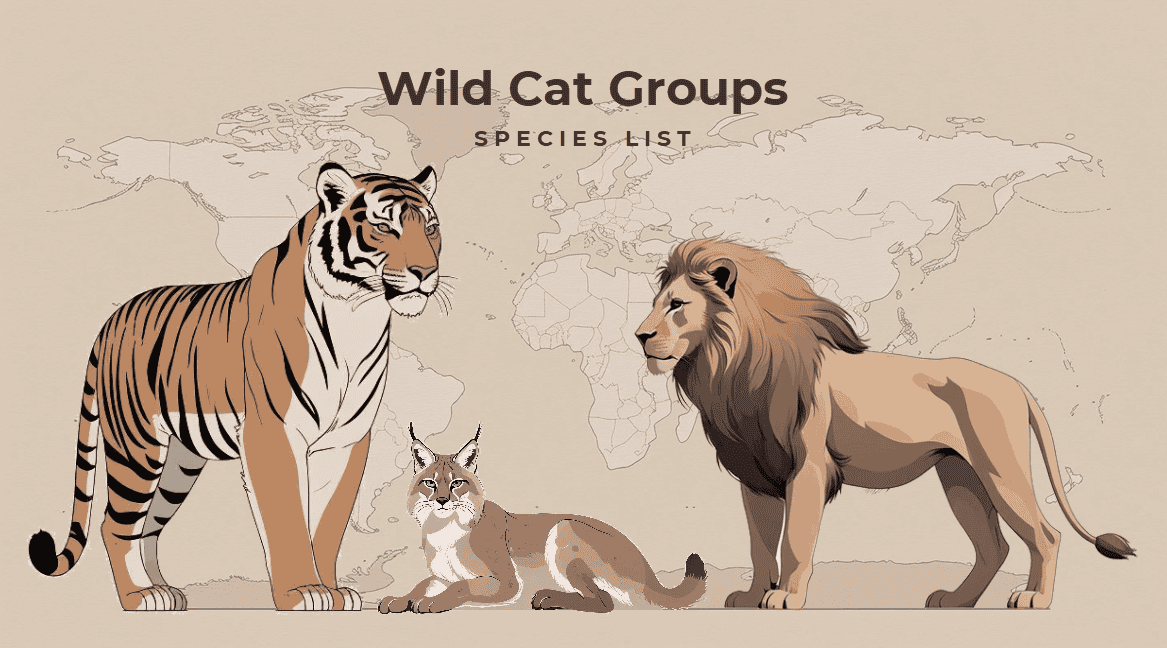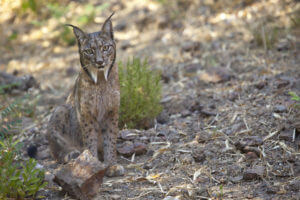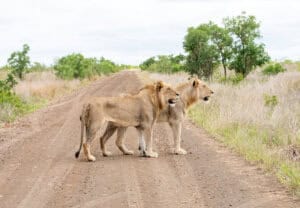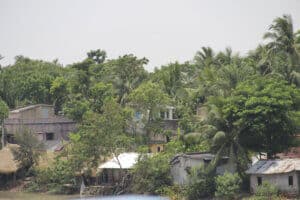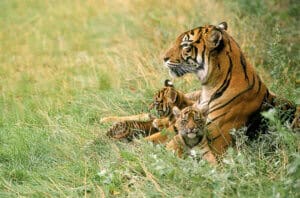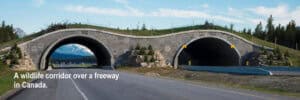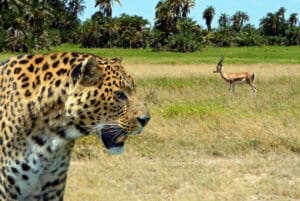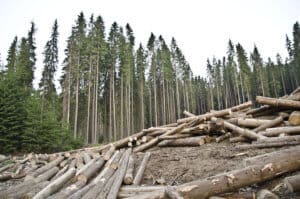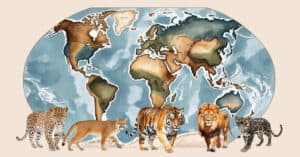Non-profit Guatamalan organization formed by citizens to improve the chances of survival and conservation of endangered species, including the jaguar.
Based in Switzerland, a border cats research and conservation group with a focus on the U.S. jaguar, jaguarundi and ocelot.
Operated by the University of Arizona’s Wild Cat Research and Conservation Center, this project monitors jaguars in southern Arizona and New Mexico.
At the Center for Biological Diversity, we believe that the welfare of human beings is deeply linked to nature — to the existence in our world of a vast diversity of wild animals and plants.
Because diversity has intrinsic value, and because its loss impoverishes society, we work to secure a future for all species, great and small, hovering on the brink of extinction. We do so through science, law and creative media, with a focus on protecting the lands, waters and climate that species need to survive.
Training and equiping rangers to stop illegal logging, wildlife poaching, land clearing, and mining for both land and marine areas.
Promotes the conservation of the jaguar, its natural prey and habitat throughout the species’ geographical range, as well as its peaceful coexistence with man, through research & conservation strategies.
Naturalia works in the Chihuahuan Desert (Coahuila and Chihuahua) to protect jaguars in arid landscapes.
The information comes from WWF Canada’s page on jaguar conservation, which details the Selva Maya project as part of their broader Jaguar 2030 Strategy. The page specifically mentions their work in the Maya Forest and efforts to mitigate human-jaguar conflict, aligning with the project description.
A portal for information and collaboration between jaguar researchers, conservationists, and people affected by jaguar predation on livestock.
Run by the Wildlife Conservation Society (WCS), this program operates in Mexico’s Yucatán Peninsula and Chiapas.
WCS’s broader jaguar conservation efforts in Mexico, including community monitoring in the Yucatán, are described in their program sections. Additional details were drawn from a 2018 WCS blog post about jaguar conservation in Latin America, which mentions their work with local communities in Mexico.
Supports the conservation of wildcats in Panama.
Protecting the world's northernmost jaguars.
UNITED STATES MEXICO (NORTH AMERICA)
Committed to the preservation of the Osa Peninsula's biodiversity and wild cat conservation.
The Jaguar Conservation Project - conservation campaigns and strategies
Panthera focuses its conservation efforts on imperiled cats, including tigers, lions, jaguars, snow leopards, pumas and cheetahs.
Carnivore conservation and management; jaguar, ocelot, puma and cohabitating wildlife.
Northwestern Mexico jaguar conservation.
Pronatura Noroeste focuses on jaguar conservation in northwestern Mexico (Sonora and Sinaloa), using camera traps, habitat restoration, and community engagement to reduce human-jaguar conflict.
Safeguarding critical rainforest habitats and wildlife.
Reintroduces jaguars into areas where they have been extirpated, such as the Iberá wetlands, aiming to restore ecosystems and promote eco-tourism.
Part of WWF’s Jaguar 2030 Strategy, this project works in the Selva Maya (spanning Mexico, Belize, and Guatemala),
The information comes from WWF Canada’s page on jaguar conservation, which details the Selva Maya project as part of their broader Jaguar 2030 Strategy. The page specifically mentions their work in the Maya Forest and efforts to mitigate human-jaguar conflict, aligning with the project description.
Implements targeted reforestation programs to restore jaguar habitats and facilitate movement between populations
Research and establishment of conservation plans and the creation of protected areas.
Science-driven research and wildlife monitoring for wild cat conservation
UNITED STATES (NORTH AMERICA)
Wildlife conservation in Panama and Costa Rica with a focus on the jaguar and other wild cats.
